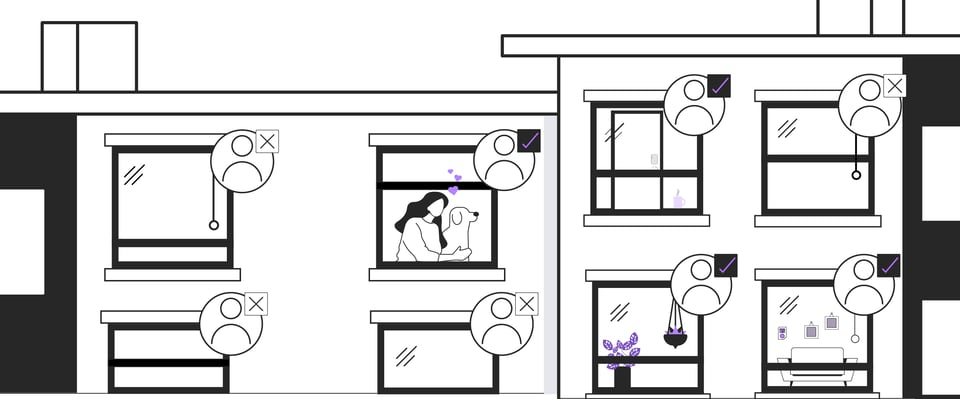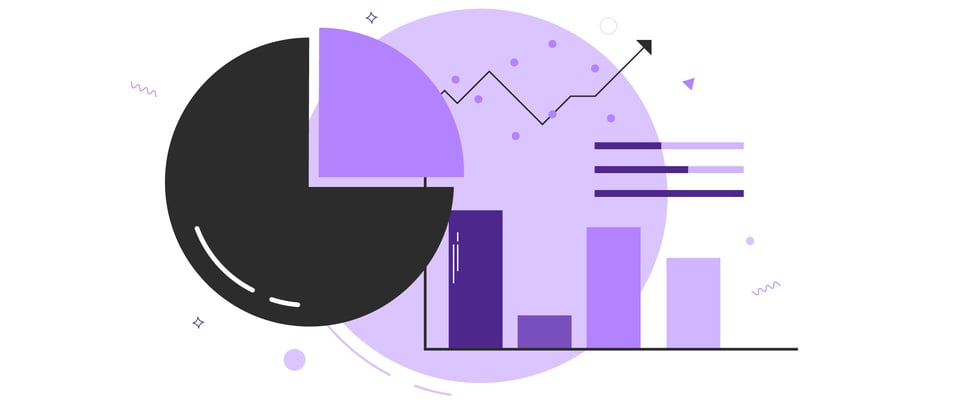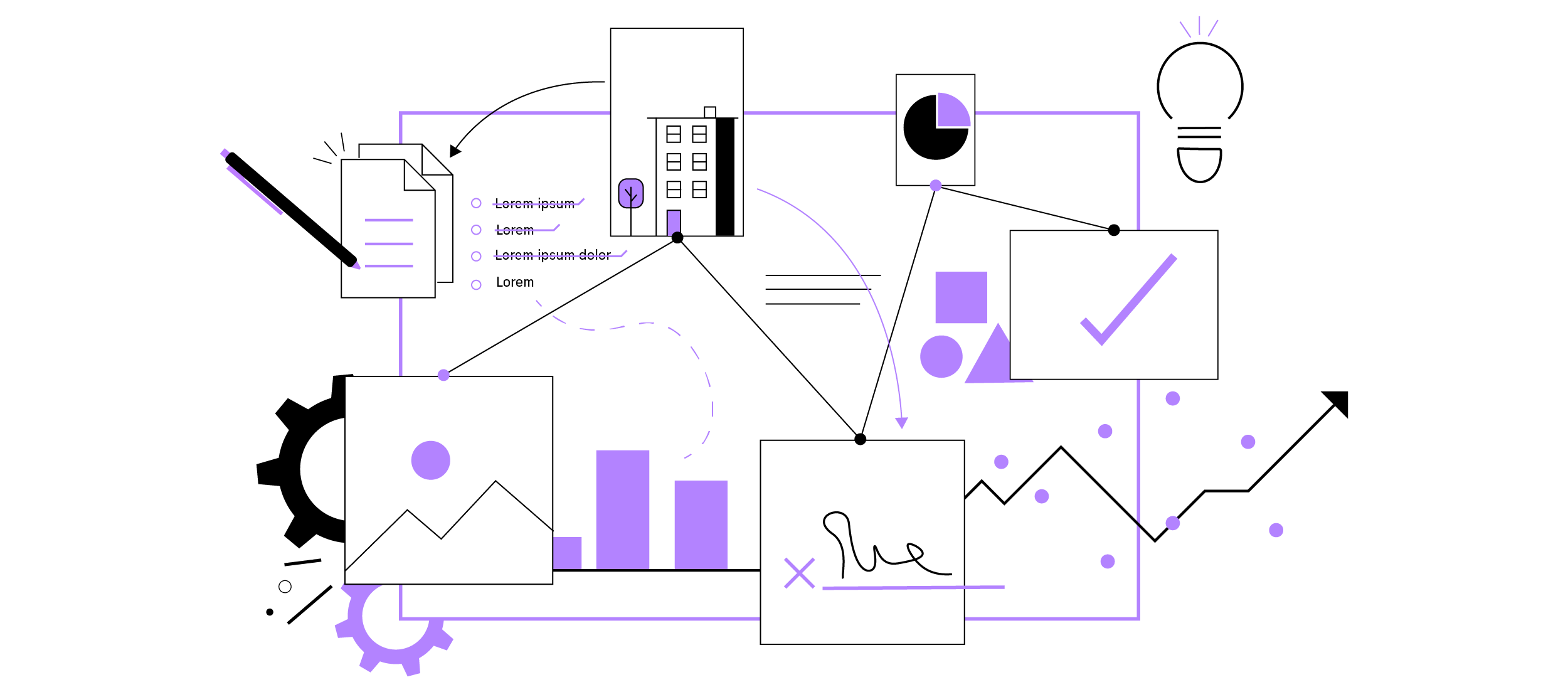Optimizing Apartment Property Management with KPIs
Understanding KPIs in Property Management
Apartment property management is no cakewalk. With all of the moving parts in multifamily operations, property staff and stakeholders need to be able to measure and track performance across a variety of areas. This is where KPIs, or Key Performance Indicators, come in.
KPIs are quantitative values that are used to measure success or failure, check progress, set goals, and make forecasts. In multifamily operations, property management KPIs are indicative of efficiency, desirability, financial performance, and more. Property staff and owners use KPIs to objectively assess performance in different operational areas and set goals for a property manager.
Essential Metrics in Property Management
Occupancy Rate
A property’s occupancy rate signifies the percentage of units on a property that are currently occupied by residents. A healthy occupancy rate is critical; empty units are lost opportunities for revenue. Aiming for a 90%+ occupancy rate is typical. Tracking this KPI identifies areas where there may be marketing, pricing, or maintenance issues that impact the ability to attract residents.
Lead-to-lease Ratio
The lead-to-lease ratio shows how effective your inbound conversion for prospective renters is. Calculate this metric by dividing the number of leases signed by the total number of leads generated. This KPI helps identify how many leads are usually needed to land a new resident, helping refine marketing strategies and effectively use ad dollars.
Resident Retention Rate
A Resident Retention Rate shows the percentage of renters that renew their leases. Retaining residents is more cost-efficient than filling vacancies. It’s indicative of resident satisfaction, and directly impacts a property’s bottom line. Investigating a low retention rate steers operations and targets improvements.
Net Operating Income
Net Operating Income (NOI) is one of the most important financial KPIs. It is calculated by subtracting operating expenses (such as maintenance, taxes, etc.) from your revenue. NOI determines the profitability of your property. Tracking NOI helps you make financial decisions and identify areas for potential cost savings.
Tips for Using KPIs to Improve Property Operations
Keep Historical KPI Records
Tracking KPIs over time offers far more insight than a single snapshot. Look for seasonal patterns, trends, and the impact of any changes that might have been implemented (like renovated amenities or a website change).
Set Benchmarks
Research industry standards in your area and review historical KPIs. This lets property managers measure KPIs against themselves and the local market standard, identifying areas of good performance or potential improvement.
Discuss Results with Your Team
Communicate with your staff about the KPIs being tracked and why they matter. Use meeting times to openly discuss progress, celebrate wins, change direction, or use the data to brainstorm solutions for challenges. This builds a shared understanding of goals and aligns the team.
Key Performance Indicators are essential for the data-driven management of an apartment property to promote stronger performance. By tracking and analyzing appropriate metrics and applying learnings, property staff can make better decisions that lead to increased occupancy, happier residents, and a heftier bottom line.
For more property management and ownership tips, check out some of our past blogs!




